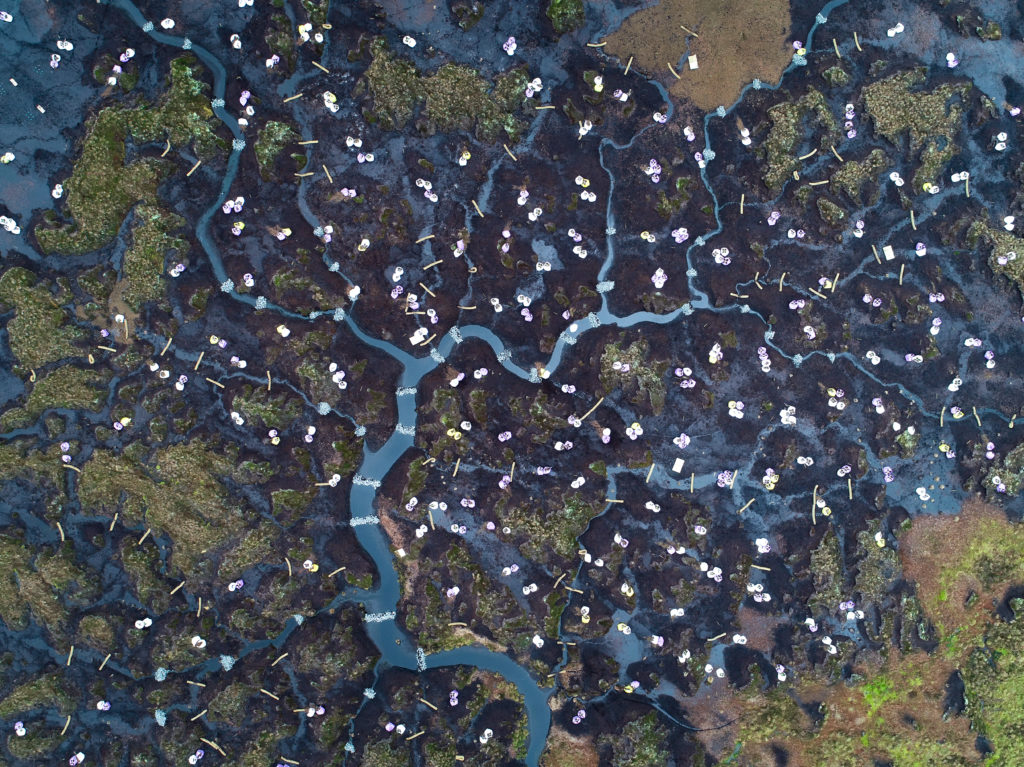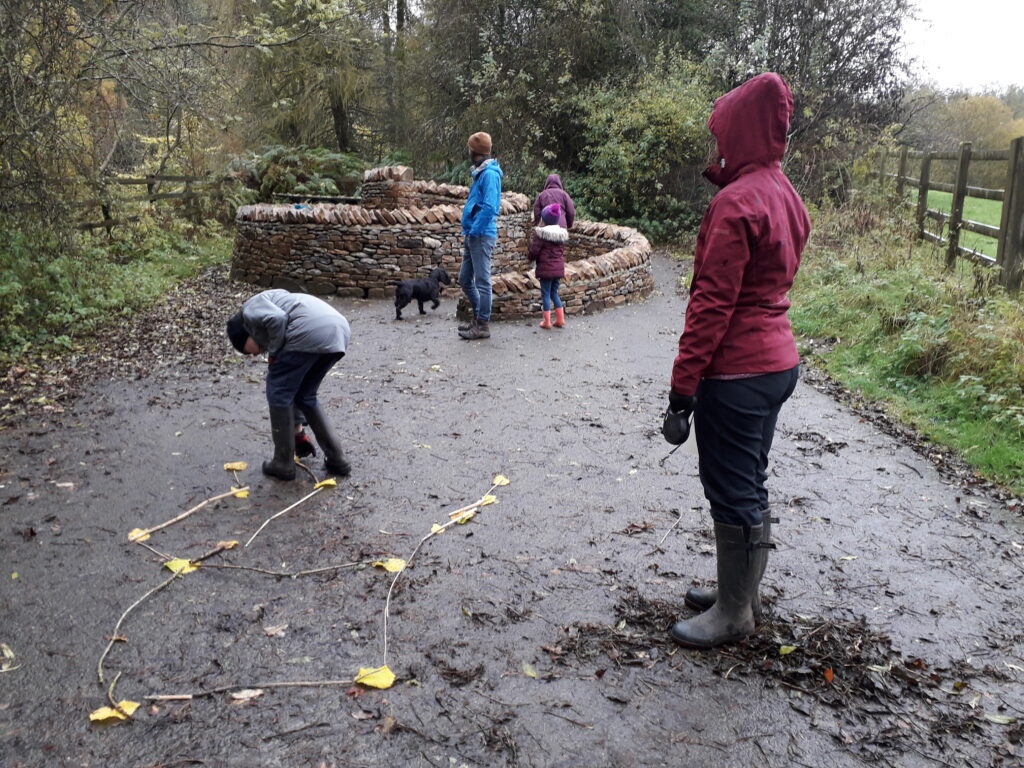What’s special?
Flower-rich verges
Flower-rich verges in the North Pennines AONB
Ninety-eight per cent of flower-rich grasslands have disappeared from the UK over the past 70 years. However, there is an overlooked and undervalued network of wildflower-rich grassland which extends across the North Pennines – our road verges.
Linear meadows
Many of the plants that are characteristic of upland hay meadows also grow in the adjacent road verge and the two would once have appeared as a continuous sweep of colourful vegetation. With the progressive intensification of agriculture, however, there has been a steady loss of wildflowers from the meadows and the value of our verges as a final refuge for once common plants is becoming all too apparent.
Who cares for verges?
Many people value their local flower-rich verges and visitors to the North Pennines delight in roadsides that froth with meadowsweet or are edged blue by meadow crane’s-bill. In times past, verges were a valuable source of fodder and would have been grazed by livestock. They would also have been regularly walked by ‘lengthsmen’ who were responsible for monitoring and maintaining road verges between individual communities. Both these practices ceased long ago. In the North Pennines the responsibility for verge management now rests with the local authorities: Durham, Cumbria and Northumberland County Councils.
Damaged and neglected
Local authorities have a duty to maintain visibility alongside roads and at junctions so typically cut a one metre strip along the edge of verges and ‘visibility splays’ at junctions at least once during the summer months. Some authorities have further policies connected to the management of flower-rich verges but there is increasing evidence that even the best verges are suffering from damage and neglect:
- If the full width of the verge is not cut and the cuttings removed at least once every 3-4 years, the vegetation becomes rank and dominated by plants such as nettles, rush and bramble.
- Salt and grit heaps placed on flower-rich verges destroy the vegetation completely.
- Repeated cutting of the verge leads to the loss of wildflowers altogether.
A national call to action
The progressive loss of wildflowers from our countryside has resulted in a steady decline in many of the creatures that depend on them, most notably pollen and nectar-feeders like bumblebees and butterflies. This issue is now recognised as of national concern. Through its campaign ‘Flowers on the Edge’, the charity Plantlife is encouraged local authorities to manage road verges following three simple guidelines:
- Cut the full width of the verge once a year, no earlier than the end of August and no later than the end of March. Where a road passes through woodland, cutting should be carried out no later than the end of January.
- Between the beginning of April and the end of August, do not cut the verge except to maintain sight-lines or for other road-safety purposes.
- Gather and remove cuttings wherever possible.











